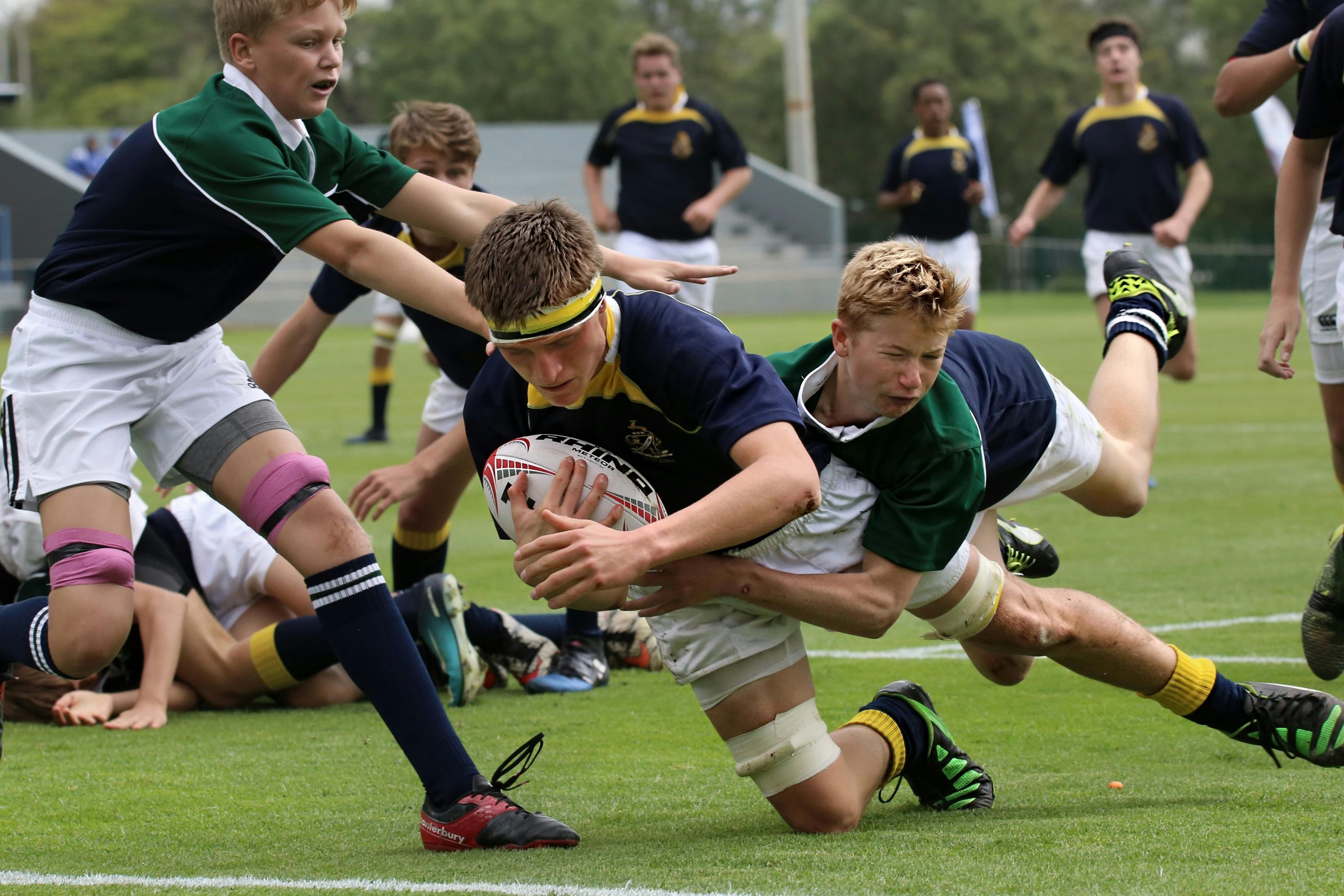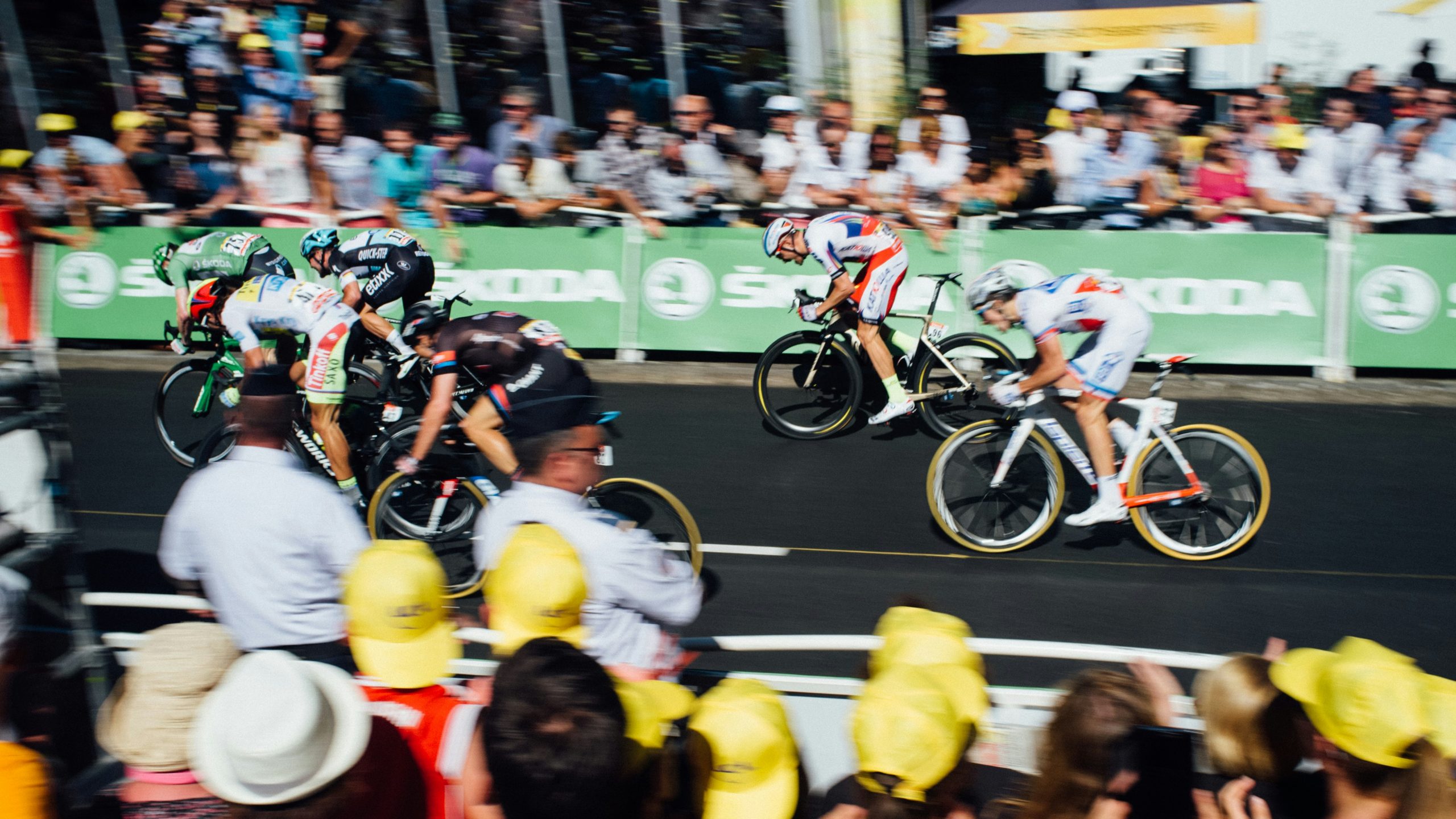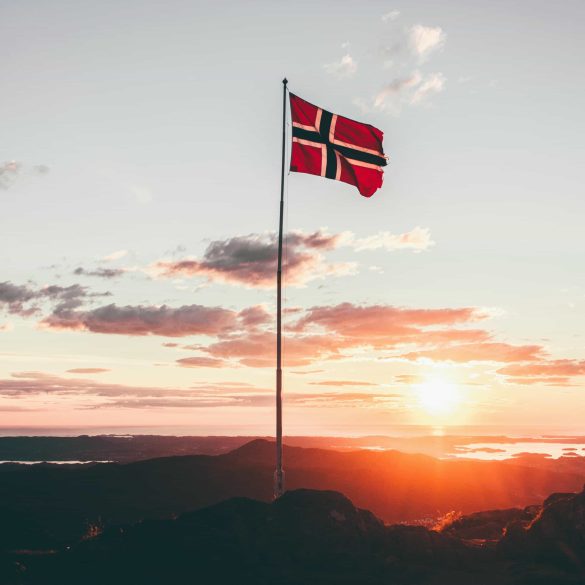French Sports Culture: From Football to Rugby Excellence
Here’s something that genuinely fascinates me about French sports culture—it’s not just about winning or losing, it’s about expressing national identity through athletic excellence. Having spent considerable time analyzing European sports markets, I’ve consistently found that France represents one of the most diverse and passionate sporting nations in the world. The French approach to sports isn’t merely recreational; it’s deeply embedded in their cultural DNA, from the cobblestone streets where kids first kick footballs to the legendary cycling routes that define summer traditions.
What really strikes me about French athletics is how seamlessly they blend tradition with innovation. Take their football development system, for instance—it’s produced some of the world’s most technically gifted players while maintaining distinctly French tactical philosophies. But I’m getting ahead of myself here. Let me step back and paint the broader picture of what makes French sports so compelling from both a fan’s perspective and an analytical standpoint.
France’s sporting landscape reflects a nation that takes athletic achievement seriously—probably more seriously than most countries, actually. The French government invests heavily in sports infrastructure, from grassroots programs to elite training facilities. According to recent Ministry of Sports data1, France allocates approximately 0.3% of its GDP to sports development, significantly higher than the European average.
France Sports Fact
France has won the FIFA World Cup twice (1998, 2018) and hosted the tournament twice (1938, 1998), making it one of only eight countries to achieve this double distinction. The 1998 victory at home remains one of the most emotionally significant moments in French sporting history, uniting the nation across cultural and social boundaries.
What I find particularly interesting is how French sports culture varies dramatically by region. In the south, rugby union dominates weekend conversations, while the north lives and breathes football. The Alps region produces world-class winter sports athletes, and coastal areas excel in sailing and water sports. This geographic diversity creates a rich tapestry of sporting traditions that’s genuinely unique in European sports.
The seasonal rhythm of French sports is something else entirely. Spring brings the excitement of Ligue 1’s title race and the French Open tennis tournament. Summer means Tour de France fever grips the entire nation for three weeks. Autumn kicks off rugby season with the Top 14 league, while winter focuses on alpine sports and indoor competitions. It’s a year-round celebration of athletic achievement that keeps the entire country engaged.
From my perspective, what makes French sports truly special isn’t just the success—though they’ve achieved remarkable results across multiple disciplines—it’s the way sports serve as social glue. French sports clubs aren’t just athletic organizations; they’re community institutions that bring people together across generational and cultural lines. This community aspect is crucial to understanding why French sports culture remains so vibrant and inclusive.
Hungary’s University Landscape: Where Excellence Meets Opportunity
Let me be completely honest about something that initially surprised me: Hungary’s university system is far more sophisticated than most people realize. When I first started researching this topic, I expected to find a handful of decent institutions. Instead, I discovered a network of world-class universities that have been quietly building international reputations for decades.
Top Hungarian Universities for International Students
- University of Debrecen – Medical programs, sciences
- Eötvös Loránd University (ELTE) – Humanities, social sciences
- Budapest University of Technology – Engineering, IT
- Semmelweis University – Medicine, health sciences
- University of Szeged – Research, international programs
What really gets me passionate about Hungarian higher education is the diversity of programs available in English. Medical programs, in particular, have become hugely popular among international students. The six-year medical degree at Semmelweis University, for example, is recognized by the World Health Organization and medical boards across Europe and North America2.
| University | Global Ranking | Int’l Students | English Programs |
|---|---|---|---|
| University of Debrecen | Top 500 | 6,000+ | 60+ |
| ELTE Budapest | Top 500 | 4,500+ | 40+ |
| Semmelweis | Top 400 | 3,200+ | 25+ |
“Hungarian universities offer the perfect blend of academic rigor and cultural immersion. The quality of education I received at the University of Debrecen was exceptional, and the international community made the experience truly enriching.”
The application process, while straightforward, requires careful attention to detail. Most universities use online application systems, but—and this is crucial—deadlines vary significantly between institutions and programs. Medical programs typically have earlier deadlines (February-March) while other programs may accept applications through summer months.
One thing I’ve learned from speaking with admissions officers is that Hungarian universities genuinely value diversity. They’re not just looking for top grades—though academic performance obviously matters. They want students who will contribute to campus life and bring different perspectives to their international communities.

Rugby: Honor and Tradition
Rugby in France occupies a cultural space that’s honestly difficult to explain to outsiders. While football captures national attention, rugby represents something deeper—regional identity, traditional values, and a connection to France’s rural heritage that remains incredibly powerful. Having attended matches in Toulouse, Perpignan, and Toulon, I can tell you that rugby crowds bring a different energy entirely. There’s respect for opponents, appreciation for skill, and a genuine love for the game’s physicality that creates an atmosphere unlike any other sport.
The Top 14 league consistently ranks among the world’s strongest professional rugby competitions. French clubs invest heavily in both domestic talent and international stars, creating a product that’s genuinely entertaining to watch. According to recent attendance figures4, Top 14 matches average over 16,000 spectators per game, demonstrating the sport’s commercial viability and cultural relevance.
Rugby’s Regional Strongholds
The southwest region produces the majority of France’s rugby talent, with Toulouse alone contributing over 200 professional players to various leagues. This concentration creates a rugby culture where the sport isn’t just entertainment—it’s a way of life passed down through generations of families who’ve supported local clubs for decades.
What really excites me about French rugby is how it maintains tradition while embracing innovation. The national team’s playing style reflects this balance perfectly—forward power combined with backline flair that can create scoring opportunities from anywhere on the field. The Six Nations Championship provides the perfect stage for this approach, where French teams can be simultaneously brilliant and frustrating, sometimes within the same match.
Tennis: Roland Garros Legacy
The French Open at Roland Garros represents something truly special in tennis—a tournament that’s maintained its unique character despite massive commercial pressures. Clay court tennis demands different skills, different strategies, and different mental approaches than any other surface. I’ve consistently found that French players excel on clay not just because of familiarity, but because the surface rewards tactical thinking and point construction over pure power.
French tennis development has evolved significantly over the past decade. The French Tennis Federation’s investment in coaching education and junior development programs has created a pipeline of talent that’s genuinely impressive. Players like Gaël Monfils, Jo-Wilfried Tsonga, and Caroline Garcia represent different aspects of French tennis culture—athleticism, entertainment value, and competitive determination.
Cycling: Tour de France Mastery
The Tour de France isn’t just a sporting event—it’s a cultural phenomenon that showcases France’s geographic diversity and cycling heritage. For three weeks every July, the entire nation focuses on this incredible race that winds through villages, mountains, and cities that otherwise rarely receive international attention. What strikes me most is how the Tour creates temporary communities along the route, with families camping for days just to watch the peloton pass for a few seconds.
French cycling culture extends far beyond the Tour, though. Weekend club rides bring together cyclists of all abilities, creating social networks that often last for decades. The French approach to cycling infrastructure—separate bike paths, mountain biking trails, and racing circuits—demonstrates a commitment to the sport that goes beyond mere recreation. Recent statistics show that cycling participation in France has increased by 28% over the past five years5, reflecting both environmental consciousness and genuine enthusiasm for the sport.
Basketball: Rising Popularity
Basketball in France has experienced remarkable growth, particularly among urban youth populations. The success of players like Tony Parker, Nicolas Batum, and Rudy Gobert in the NBA has inspired a new generation of French players who see professional basketball as a realistic career option. The French Basketball Federation reports that licensed player numbers have increased by 45% since 20156, making basketball one of the fastest-growing sports in the country.
What I find particularly interesting is how French basketball has developed its own tactical identity. French coaches emphasize ball movement, player development, and team chemistry over individual stardom. This approach has created a national team that consistently competes at the highest international levels despite having fewer resources than basketball powerhouses like the United States or Spain.
Training and Development Excellence
French sports development systems represent some of the most sophisticated and effective programs I’ve encountered anywhere in the world. The INSEP (Institut National du Sport, de l’Expertise et de la Performance) serves as the flagship institution, but it’s the regional training centers that really impress me. These facilities don’t just develop athletes; they create well-rounded individuals who understand both competitive excellence and social responsibility.
The French approach to youth development emphasizes long-term athlete development over short-term results. This philosophy has created pathways that allow young athletes to progress systematically through increasingly competitive levels without the burnout often associated with intensive training programs. Recent studies indicate that French development programs have a 73% retention rate through teenage years7, significantly higher than most European nations.
French Sports Development Philosophy
The French system prioritizes technical skill development, tactical understanding, and mental resilience over early specialization. This approach creates athletes who can adapt to different competitive environments and maintain long, successful careers across multiple sports disciplines.
What really strikes me about French training methodologies is the integration of sports science with traditional coaching wisdom. French coaches combine data analytics with intuitive understanding of individual athlete needs, creating personalized development plans that maximize each person’s potential. The emphasis on periodization—structuring training cycles to peak for major competitions—has become a model that other nations actively study and attempt to replicate.
The infrastructure supporting French sports development is genuinely impressive. From state-of-the-art training facilities to comprehensive sports medicine programs, French athletes have access to resources that enable them to compete at the highest international levels. The government’s commitment to sports excellence, combined with private sector investment, has created a system that consistently produces world-class athletes across multiple disciplines.
Future Outlook and Challenges
Looking ahead, French sports face both opportunities and challenges that will shape the next generation of athletic achievement. Climate change is already affecting outdoor sports, particularly cycling and winter sports, requiring adaptive strategies and innovative solutions. The increasing commercialization of professional sports creates tension between traditional values and modern business realities.
However, I remain optimistic about French sports’ future. The combination of strong institutional support, passionate fan bases, and innovative development programs creates a foundation for sustained success. The upcoming Paris 2024 Olympics will provide an incredible opportunity to showcase French sporting excellence and inspire a new generation of athletes.
The integration of technology in French sports continues to evolve, with artificial intelligence and data analytics becoming increasingly important in performance optimization and injury prevention. French sports organizations are investing heavily in these technologies while maintaining the human elements that make sports meaningful—coaching relationships, team dynamics, and community connections.
French sports culture continues to evolve, but its core values—excellence, community, and respect for tradition—remain constant. Whether it’s the passionate atmosphere at a rugby match in Toulouse, the tactical brilliance of a football match at the Stade de France, or the incredible endurance displayed during the Tour de France, French sports offer something for everyone who appreciates athletic achievement and cultural significance.
References



